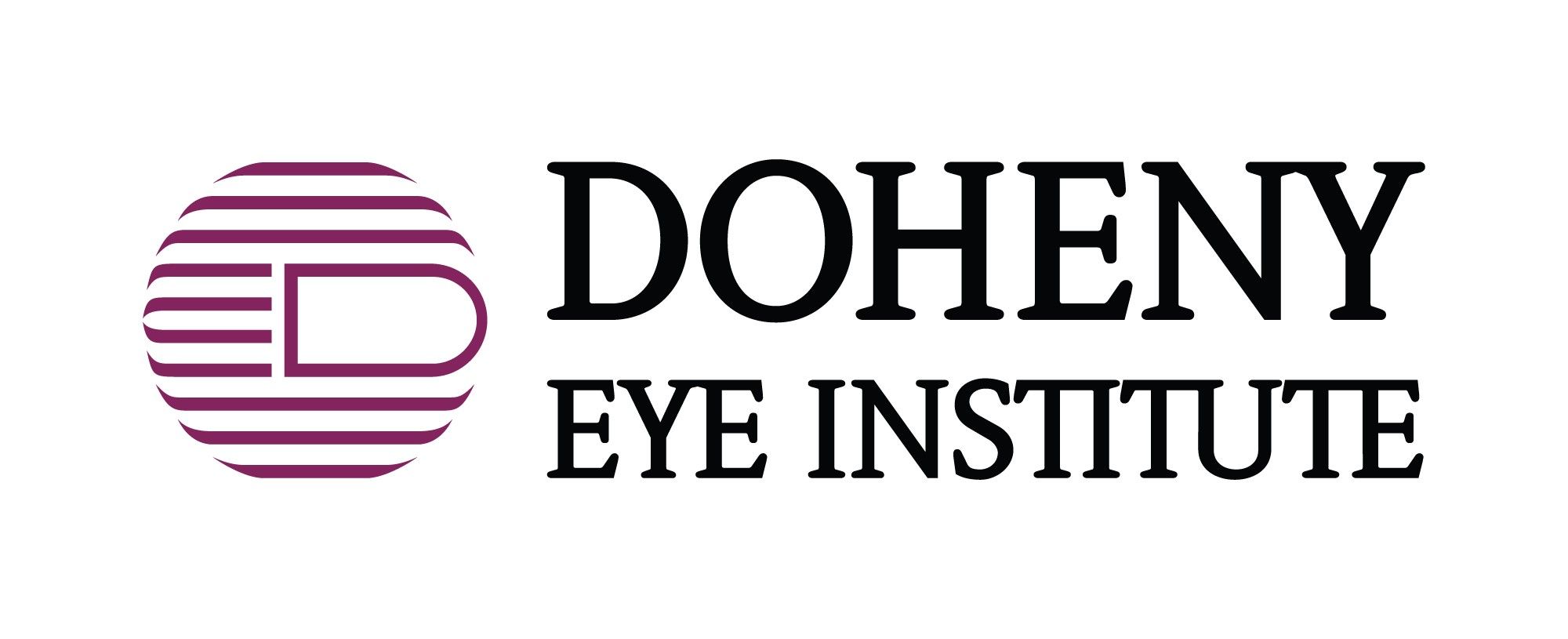
This Week in Ophthalmology: Week of November 4, 2024

Key Takeaways
- The aging ophthalmology workforce faces challenges with cognitive decline, raising legal and ethical concerns about age-based competency testing.
- CSF-1 effectively reduces pupil size and improves near visual acuity without compromising distance vision, offering a promising presbyopic treatment.
This Week in Ophthalmology is a weekly video series highlighting some of the top articles featured on the Ophthalmology Times website.
This transcript is edited for clarity.
Hello, I am David Hutton of Ophthalmology Times. Welcome to another edition of this Week in Ophthalmology, looking at the latest news in ophthalmology.
This week, I have hand-picked a couple of discussions I had at the American Academy of Ophthalmology meeting last month.
First, let’s take a look at my discussion with Dr. Alfredo Saddun, who addresses the graying of the ophthalmology field
Alfredo Sadun, MD: Hi. My name is Alfredo Sudun. I'm chief of Ophthalmology at the Doheny Eye Institute of UCLA, and this morning, we had a really interesting session. The issue is what to do with the aging clinician?
Stephen A. Obstbaum, MD and Samuel Masket, MD chaired a session that had a number of experts from different areas dealing with what is the obvious problem of a larger and larger percentage of our population aging at the academy. Now, 40% of the academy is over the age of 60, and perhaps sometimes at the age of 70 or 80, they lose the ability to be good surgeons or clinicians. But of course, there's great variability. People age at different rates, so we can't just use an age cutoff and require things to happen at that age.
There has been an attempt by several institutions, including the Ford Hospital and also Scripps, to suggest that at age 70, people need to take exams, and they've both been sued successfully for ageism, because, after all, anything that you require a 70 year old to do that you don't require your 60-year olds is a form of ageism. So we discussed the pros and cons of different issues, including the legality, and I presented a particular vignette, just to give people the flavor of it, of an aging physician who was highly respected at his institution, and whose resident noted that twice during anterior segment surgery, he had gotten confused as to which patient he was operating on. She was afraid to confront him because she talked to her chair. Her chair asked for advice from her mentor, doing chairman of psychiatry said, "Oh, we got it now. We got a great test for Alzheimer's disease and other cognitive diseases." He took the test, and he failed it. He protested, saying he was having a bad day. He took the test another day, and he passed it, which, by the way, is typical for issues of cognitive decline, that there's good days and bad days, and then they said, sorry, it's not valid for retest, and therefore you still have to leave the faculty. Total disaster you can imagine in lawsuits.
David Hutton: Next, Dr. Jennifer Loh presented a paper on the effects of CSF-1. Let’s check it out.
Jennifer Loh, MD: Hi. My name is Jennifer Loh, and I'm from Miami, Florida, in private practice. I had the honor today of presenting a paper at the American Academy of Ophthalmology in Chicago on the effects of CSF-1, which is the lowest effective concentration of pilocarpine approved in the United States. In our paper, we looked at the mean reduction in pupil size attributed to CSF-1, and also its improvement of near visual acuity. Patients used the drop for 15 days. We measured endpoints at day 1, day 8, and day 15. We found throughout the study that there was a mean reduction in pupil size of 30 percent at all measured time points. And this also corresponded with an improvement in near visual acuity of greater than 3 lines without a loss of distance visual acuity. And this is important because we've come to understand that it's, for a presbyopic drop to function well, it needs to improve near vision without affecting distance vision and with minimal side effects.
David Hutton: We also talked to Brent Kramer, who discussed modern anesthesia in cataract surgery.
Brent Kramer, MD: Hey guys, my name is Brent Kramer. I'm an ophthalmologist at Vance Thompson Vision. I practice in Sioux Falls and Alexandria. Today, I'm going to talk a little bit about how we do modern anesthesia with cataract surgery with the MKO Melt, brought to you by ImprimisRx.
So the MKO Melt is a game changer, and three reasons why I think that you should consider implementing it into your practice. One: patient experience. Patients hate needles and they love the slow build anesthesia of the MKO Melt, and so they're not having to wait until they've been prepped, wheeled back to the OR, anxiety building the whole time to get that anesthesia. As soon as they get brought back, they get an MKO Melt, and instead of anxiety building, they become more and more relaxed leading up to the surgery. So patient experience is huge, and that's the primary reason why we love it.
The second reason, the most important part is a patient experience, and driving that is the team experience. So we love that, the experience the team has with the MKO Melt. We don't ask our nurses anymore to do the most painful part of the procedure, which is the IV stick. With the MKO Melt, our nurses are able to focus on building rapport with the patient, getting to know the patient, getting them calm before surgery, answering their questions and all that, and not having to hassle with an IV. It also, you know, doesn't slow our OR down with a tough needle stick or anything like that, pulling the CRNA out for a tough needle stick, all of that stuff.
Third, and I think, you know, a huge reason and a growing reason why we love the MKO Melt, is it's opioid free. It's Versed [midazolam, Roche], ketamine, ondansetron [Zofran, GSK], and we are able to perform cataract surgery without any opioids. Cataract surgery is the most-performed surgery in America, and if ophthalmologists were able to perform it without opioids, that's less fentanyl being made, less fentanyl being diverted and just a better world.
David Hutton: In headlines this week, the FDA has granted the lead asset for FELIQS, FLQ-101, Fast Track designation for the prevention of retinopathy of prematurity. The company said it plans to conduct a Phase 1b/2 study of FLQ-101, the tROPhy-1 study, both in the US and Japan in the first quarter of 2025.
In other news, Researchers offer insights into wet AMD: Study reveals potential to enhance anti-VEGF therapy with experimental drug to preserve vision.
A new study from researchers at the Wilmer Eye Institute, Johns Hopkins Medicine, reveals why some patients with wet age-related macular degeneration (wet AMD) fail to experience vision improvement with current treatments and how an experimental drug could enhance existing wet AMD therapies to preserve vision.
The researchers found that Anti-VEGF treatments may increase ANGPTL4, counteracting their effectiveness in wet AMD patients by promoting abnormal blood vessel growth.
They also found that the experimental drug 32-134D reduces HIF-1, VEGF, and ANGPTL4 levels, enhancing the efficacy of anti-VEGF therapies in mice.
Thank you for joining me for this edition of This Week in Ophthalmology. To find out more about these and other articles and videos on the latest advancements in Ophthalmology, visit OphthalmologyTimes.com.
Newsletter
Don’t miss out—get Ophthalmology Times updates on the latest clinical advancements and expert interviews, straight to your inbox.



















































.png)


